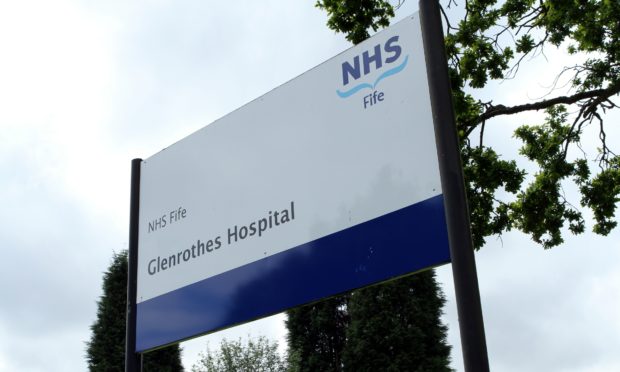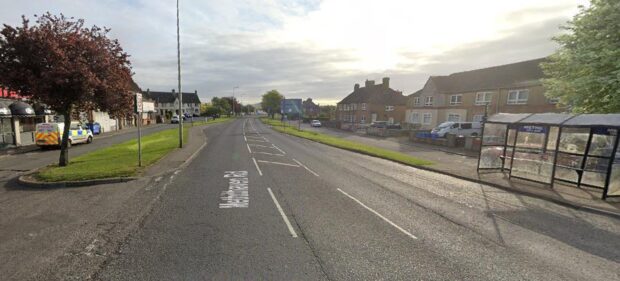Controversial changes to out of hours health services in Fife are to be reviewed after a year.
Fife Council agreed to monitor the new provisions, which will see the Integrated Joint Board’s decision to remove the overnight provision from Glenrothes Hospital continuing, but opinion is split over who is to blame for the cuts.
Councillors have agreed a report scrutinising the impact of last week’s decision to permanently remove the Glenrothes service but retain provision in Kirkcaldy, Dunfermline and St Andrews should be brought before the relevant council committee after 12 months, but it was a Labour motion laying the blame at the Scottish Government’s door for the situation which was passed by 37 votes to 24.
Labour councillor Altany Craik’s motion suggested a failure by the Scottish Government to recruit and train enough GPs and other medical staff had been a “key factor” in the run-up to last week’s decision – a stance also backed by many Conservative and Liberal Democrat councillors.
“While we do not agree with the proposal to remove the out of hours service from Glenrothes, we accept the need to deliver a safe service that is sustainable in the longer term,” Mr Craik said.
“However, it is deeply upsetting to the communities who have used the service at Glenrothes Hospital that they are bearing the impact of poor workforce planning at government level.”
A number of colleagues supported him, notably the authority’s health and social care spokesman Councillor David Graham, who said staff shortages had forced the introduction of contingency measures last year.
He added: “A lack of workforce planning has had a huge impact. The current issue wouldn’t exist if we had the GP numbers.”
However, Councillor David Alexander, the SNP co-leader of the council, maintained the GP shortage had not been the “main driver”, suggesting the major reduction in the number of out of hours medics had been directly linked to the impact of pension and tax changes implemented by former UK Chancellor George Osborne in April 2016.
His amendment, which called for a review and possible reinstatement of the Glenrothes service and possible of expansion of our of hours to Levenmouth and Cowdenbeath should GP numbers start to rise, was voted down.
Noting that Scotland has the highest number of GPs per head of population in the UK, Mr Alexander said 2016’s pension and tax changes had caused many GPs to think again about their working pattern.
“The unintended consequences of the changes meant that medics were being hit with big tax changes for exceeding their pension allowance limits, especially if they do extra work,” he said.
“As a result, some GPs and consultants refused to take on extra work.
“In Fife the service was hit by a perfect storm and in just one year many medics who were regularly putting themselves forward to do the 12 to 8am shift stopped and in many cases never returned.”
Despite the political spat, SNP councillor John Beare said the fact all parties had been disappointed with the loss of the Glenrothes service was the key message.










